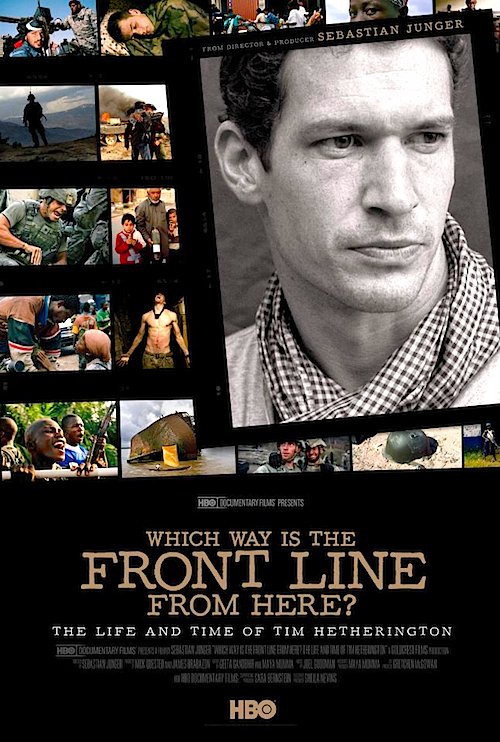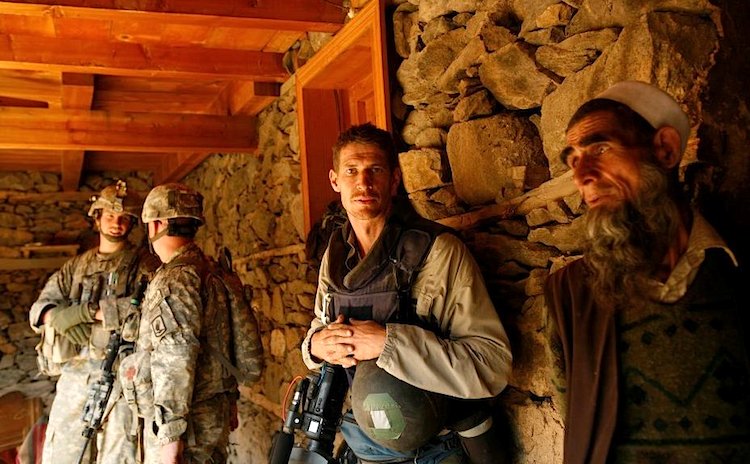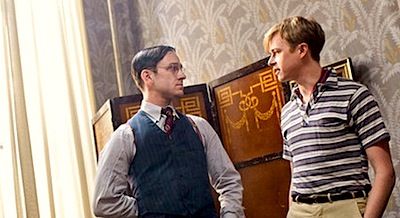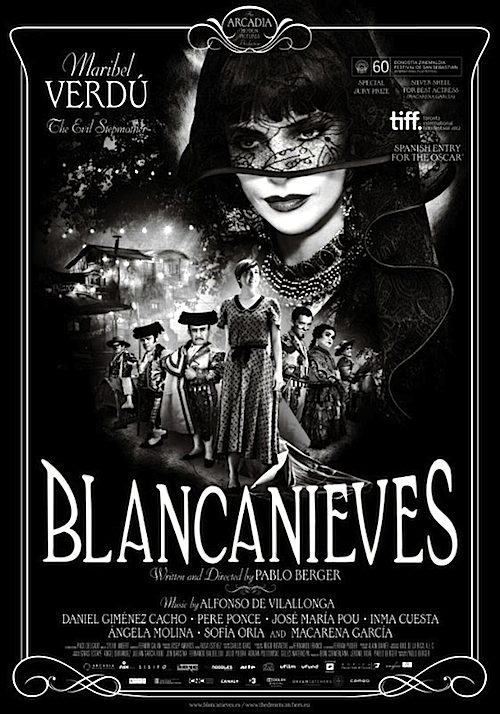By Joe Bendel. Photographer-filmmaker Tim Hetherington never considered himself an artist. Nor could he be dubbed a partisan—his work was far too honest. The terms “photojournalist” and “war correspondent” sound insufficient, but they might have to do. It was in such a role Sebastian Junger met his late friend and collaborator, whom he profiles in Which Way is the Front Line from Here? The Life and Time of Tim Hetherington, which screens during the 2013 Sundance Film Festival in Park City.
 Hetherington is best known for co-directing the Academy Award nominated Restrepo with Junger. Following a platoon’s fifteen month deployment to Afghanistan’s Korengal Valley, Restrepo is widely considered by both critics and veterans to be the most accurate depiction of what war is like on a day-to-day basis. Yet Junger clearly suggests it was his time spent in Liberia that most shaped Hetherington’s professional approach. After his name-making series was published, Hetherington stayed in the West African nation for another two years. If anyone could be considered the opposite of drive-by journalism, it would have been Hetherington.
Hetherington is best known for co-directing the Academy Award nominated Restrepo with Junger. Following a platoon’s fifteen month deployment to Afghanistan’s Korengal Valley, Restrepo is widely considered by both critics and veterans to be the most accurate depiction of what war is like on a day-to-day basis. Yet Junger clearly suggests it was his time spent in Liberia that most shaped Hetherington’s professional approach. After his name-making series was published, Hetherington stayed in the West African nation for another two years. If anyone could be considered the opposite of drive-by journalism, it would have been Hetherington.
Hetherington and Junger showed similar commitment in Afghanistan, becoming perhaps the most deeply embedded journalists ever. Logically, the Korengal period factors prominently in Front Line, including footage and interviews with veterans of the platoon that will surely interest viewers familiar with Restrepo.
Junger also interviews Hetherington’s colleagues, parents, and the woman he was planning to start a family with. However, Junger saves the last word for himself and he makes it count. As a result, one can see Front Line as a tragically fitting sequel to Restrepo.
Sadly, Hetherington accepted one assignment too many, dying from shrapnel wounds during the Libyan Civil War. (Lest the State Department jump to conclusions again, it should be noted this happened over a year before the Innocence of Muslims protests.) It was a terrible loss, as viewers can judge from the ample selection of Hetherington’s photos illustrating his work. Despite his protestations, Hetherington’s work shows a remarkable sense of composition. He had an eye. Junger presents it well in a moving tribute to his friend and comrade. Highly recommended, Which Way is the Front Line from Here screens again tomorrow (1/23) and Friday (1/25) in Park City and Saturday (1/26) in Salt Lake during this year’s Sundance.
LFM GRADE: A-
Posted on January 22nd. 2012 at 11:58pm.





